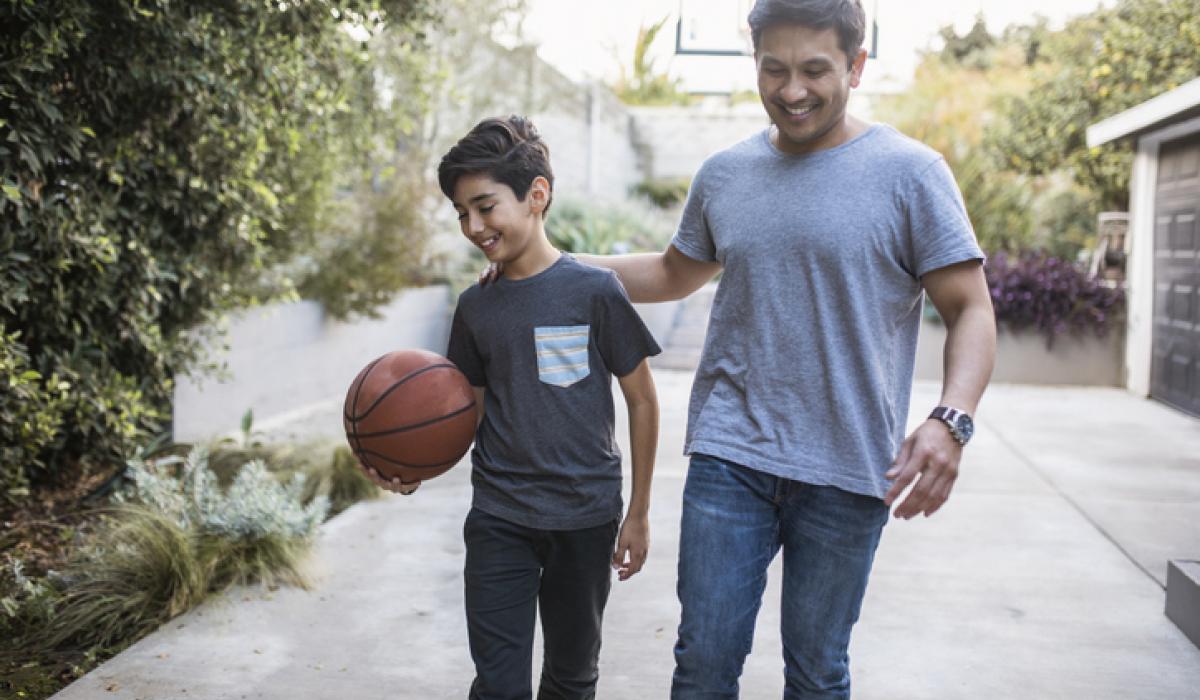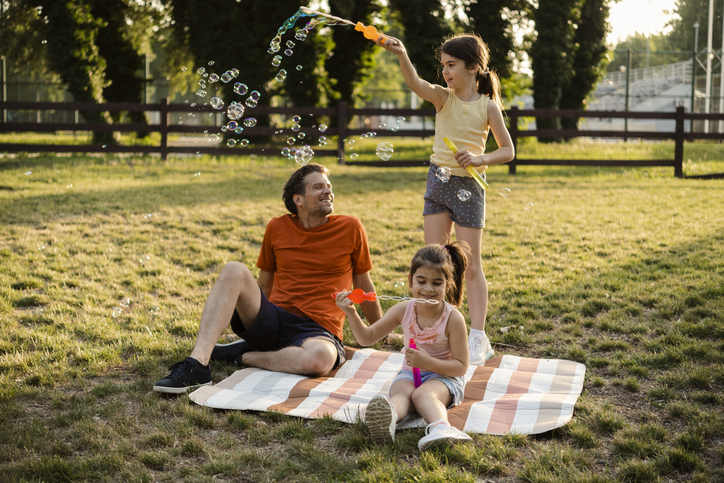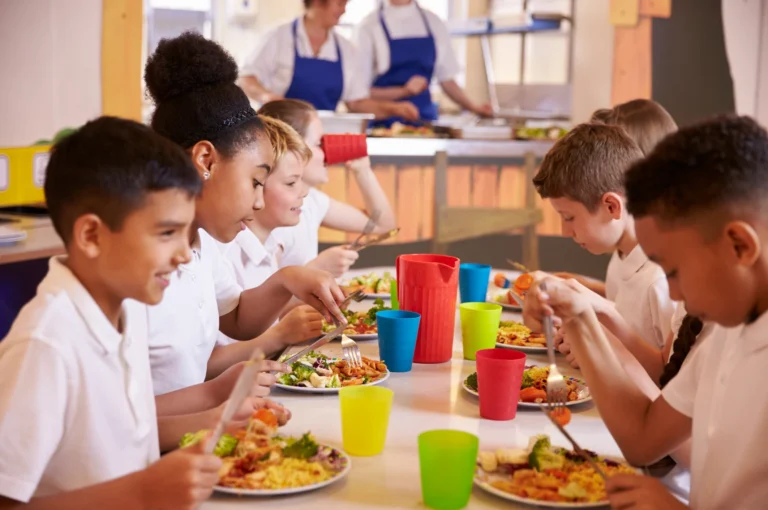Get Moving for Kids!
Eating healthy is only one part of raising strong children. The other important factor is ensuring they are physically active every day. Any type and amount is better than none at all. Find an activity that you and your child can enjoy together. This way it will not appear as a task, but just another fun part of the day.
The Physical Activity Guidelines for Americans from the Department of Health & Human Services suggest that children get at least 60 minutes of physical activity throughout their day and adults should aim for at least150 minutes of moderate-intensity physical activity per week. Moderate intensity for children and adults means that you are breathing fast and you can feel your heart pounding. One should be able to talk but not sing. Rigorous intensity means you can only speak a few words at a time.
The chart below offers examples of activities for the different age groups for youth along with levels of effort:
|
Age Group |
||
|
Type of Physical Activity |
School-Aged Children |
Adolescents |
|
Moderate–intensity aerobic |
|
|
|
Vigorous–intensity aerobic |
|
|
|
Muscle-strengthening |
|
|
|
Bone-strengthening |
|
|
Credit: cdc.org
Physical Activity Benefits for Children
Physical activity supports overall health and well-being. It enhances growth and development for young children and promotes a better quality of life with immediate and long-term health benefits. Some specific health benefits for children include:
- Reduces anxiety and depression
- Improves quality of sleep
- Builds strong bones
- Increased self-confidence and cognition skills
Some children may love going to a playground and others may only want to play organized sports. As role models for children, guardians need to encourage and support their child’s favorite activities. A part of this is making the time every day. This could happen in one full hour at the park or a mixture of gym class, walking home from school, doing chores, and a tumbling class.

Support for Parents/Guardians
Successful habits develop when you start early for a strong foundation, model physical activity for your child, and offer a variety of activities (inside, outside, water activities, structured activities, or silly games). Some other tips include:
- Playing together as a family
- If just starting out, go slow and easy
- Set a reminder (save the date on the calendar, alarm on phone, sticky note)
- Stay hydrated
More information can be found at https://www.mahealthyfoodsinasnap.org/healthy-moves and
Have fun while moving together as a family! Broc







